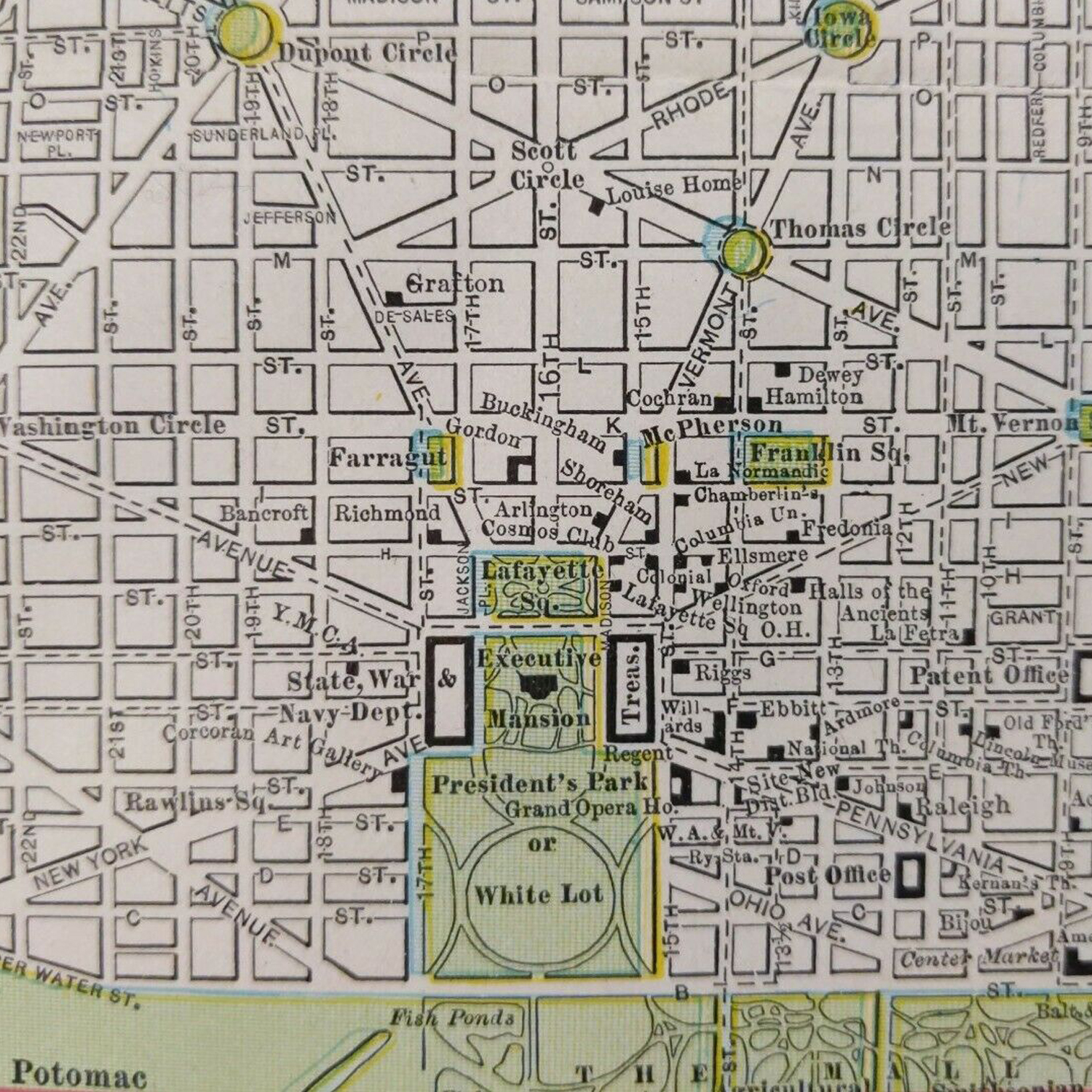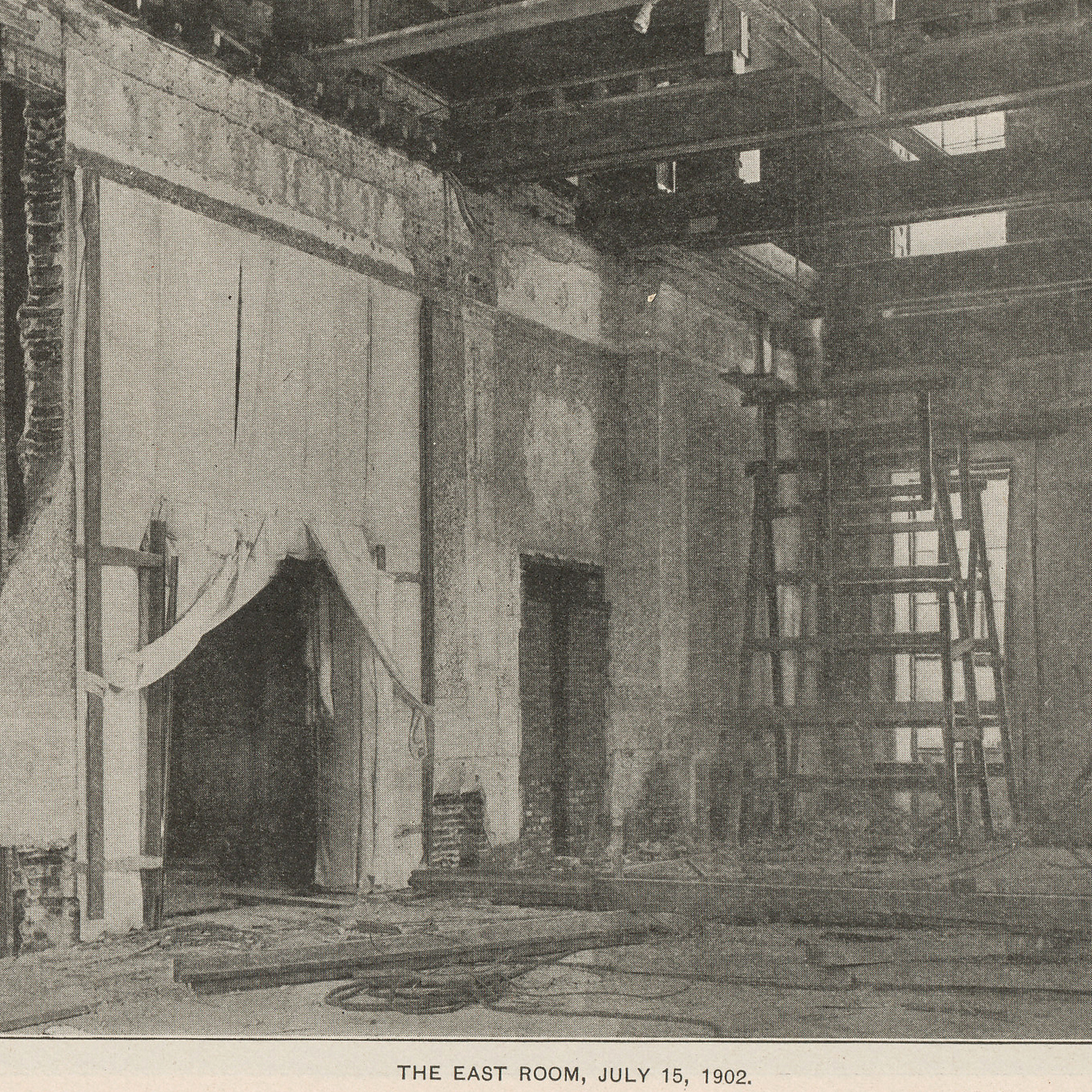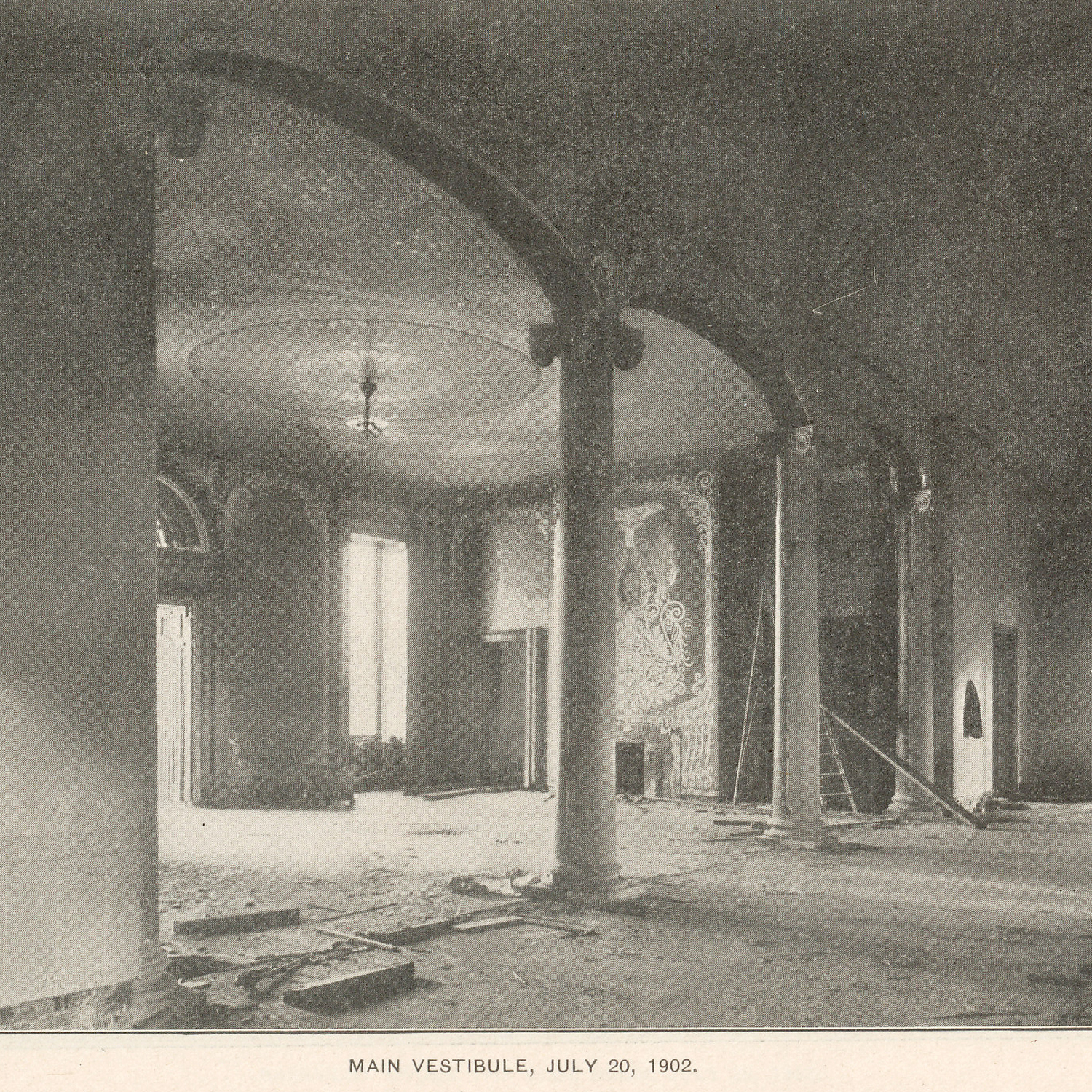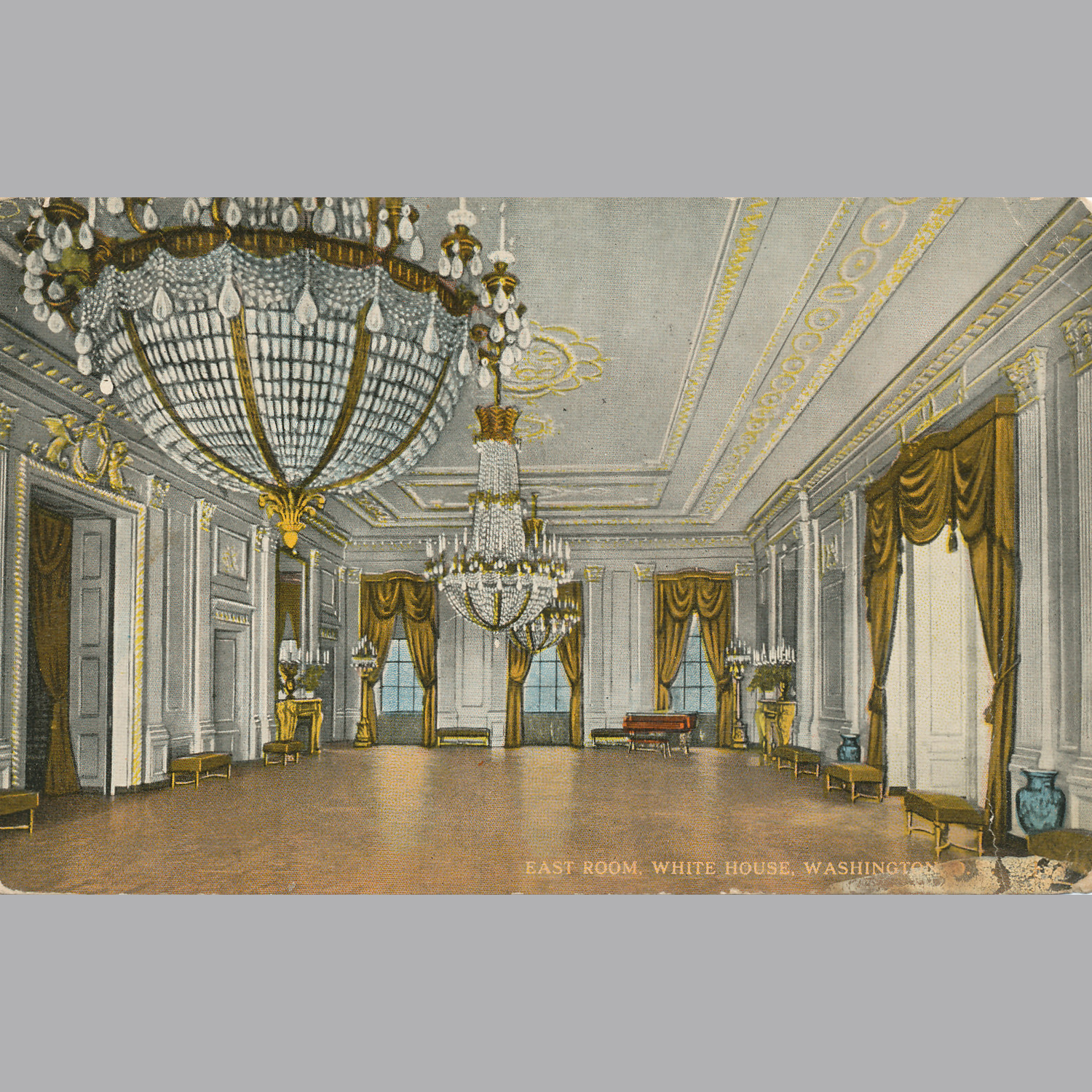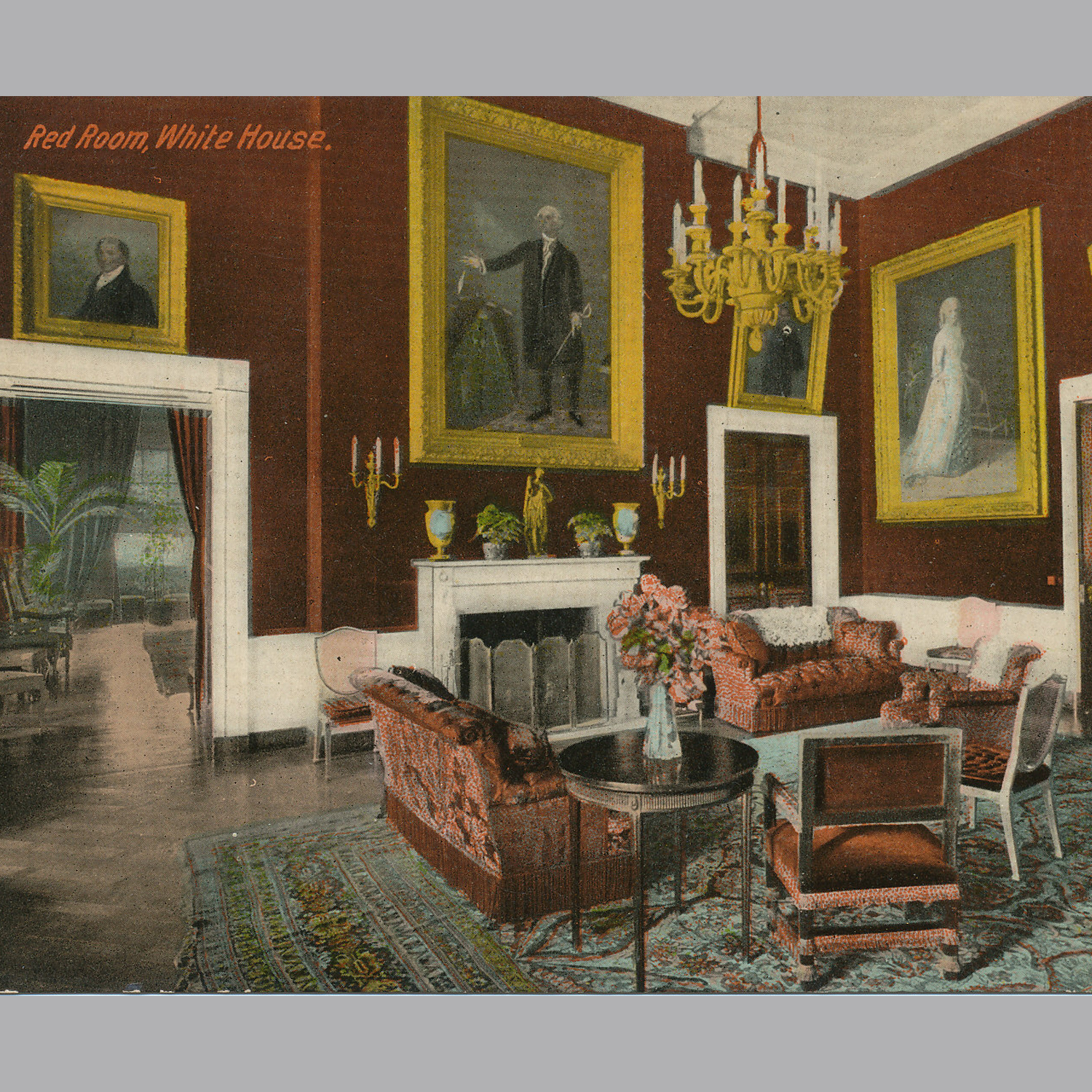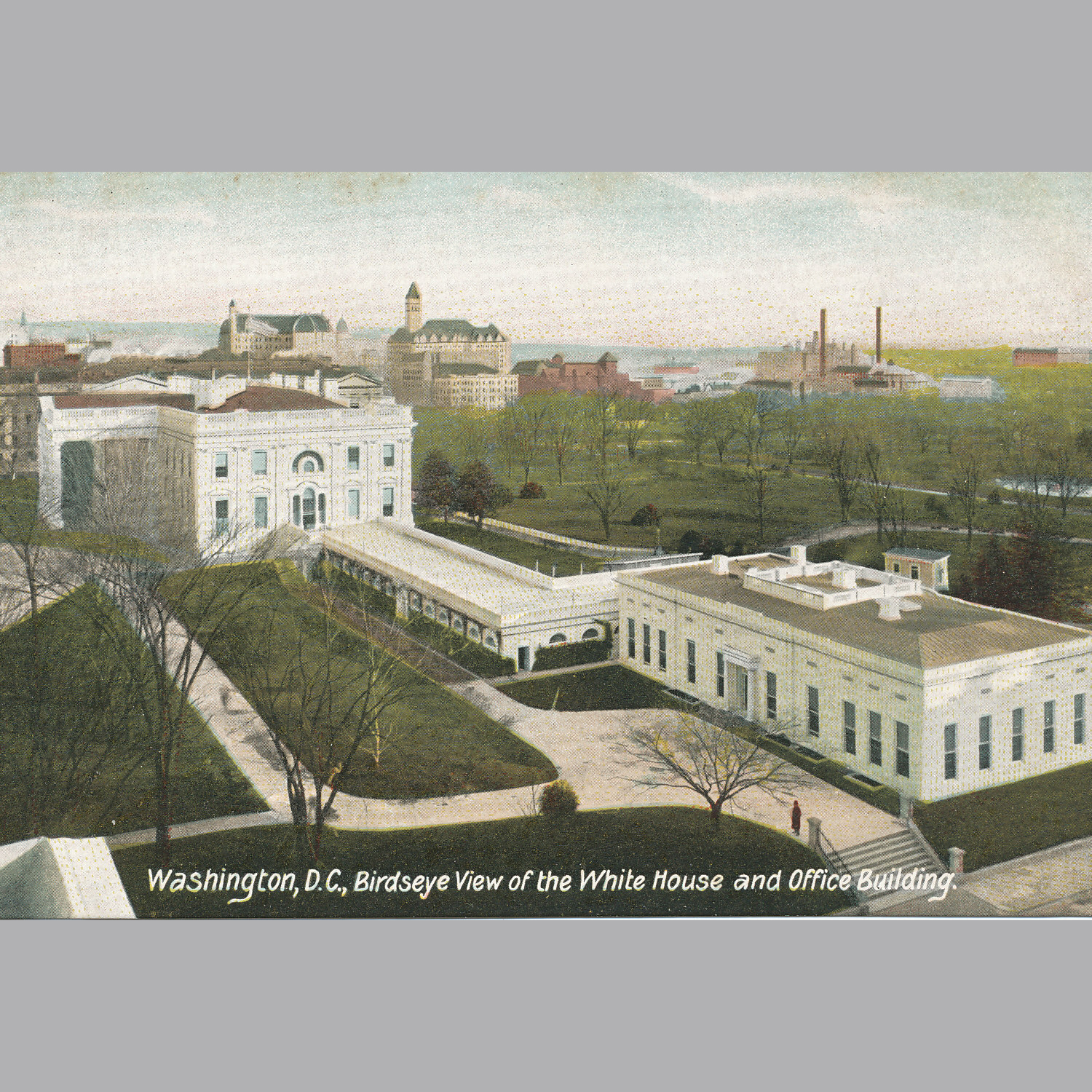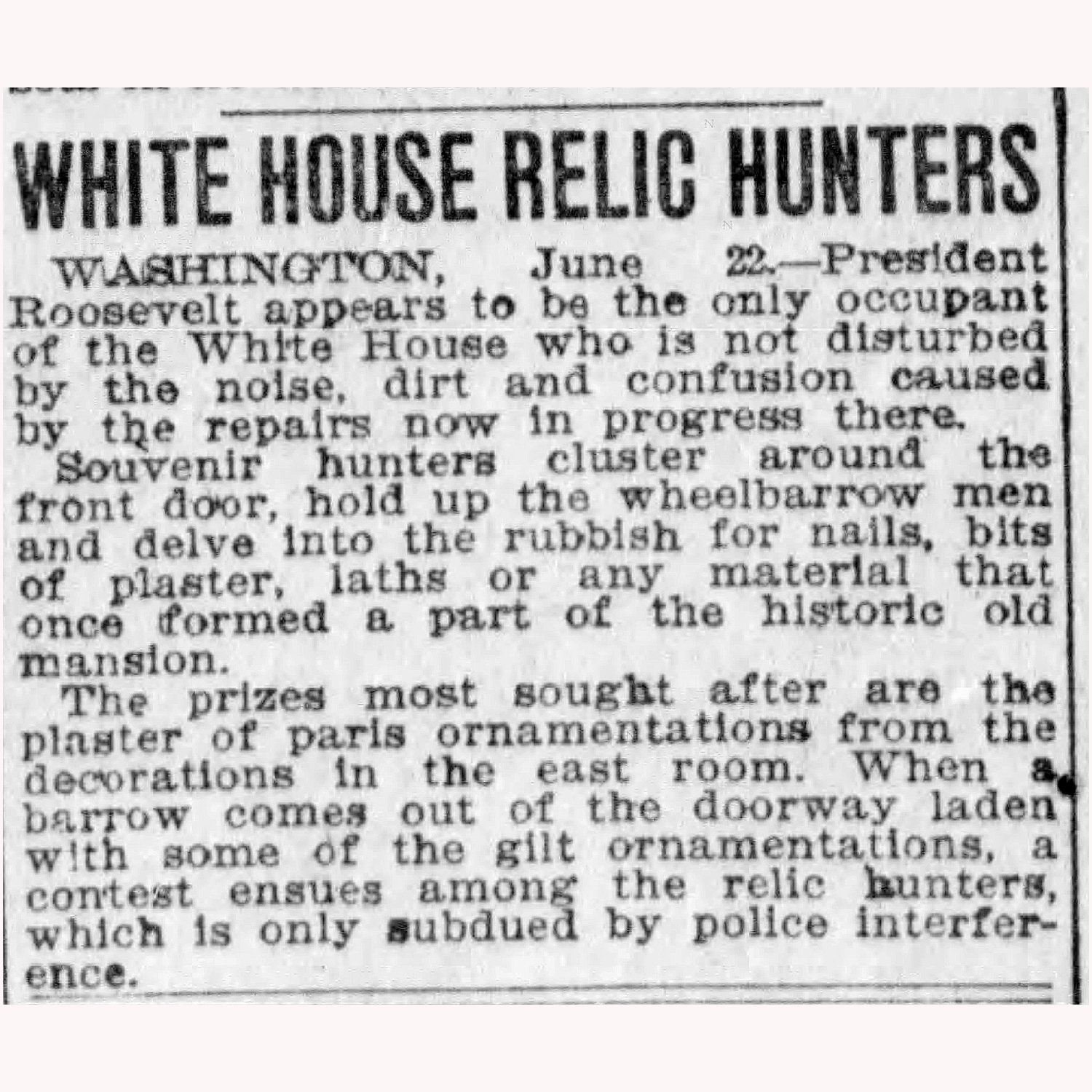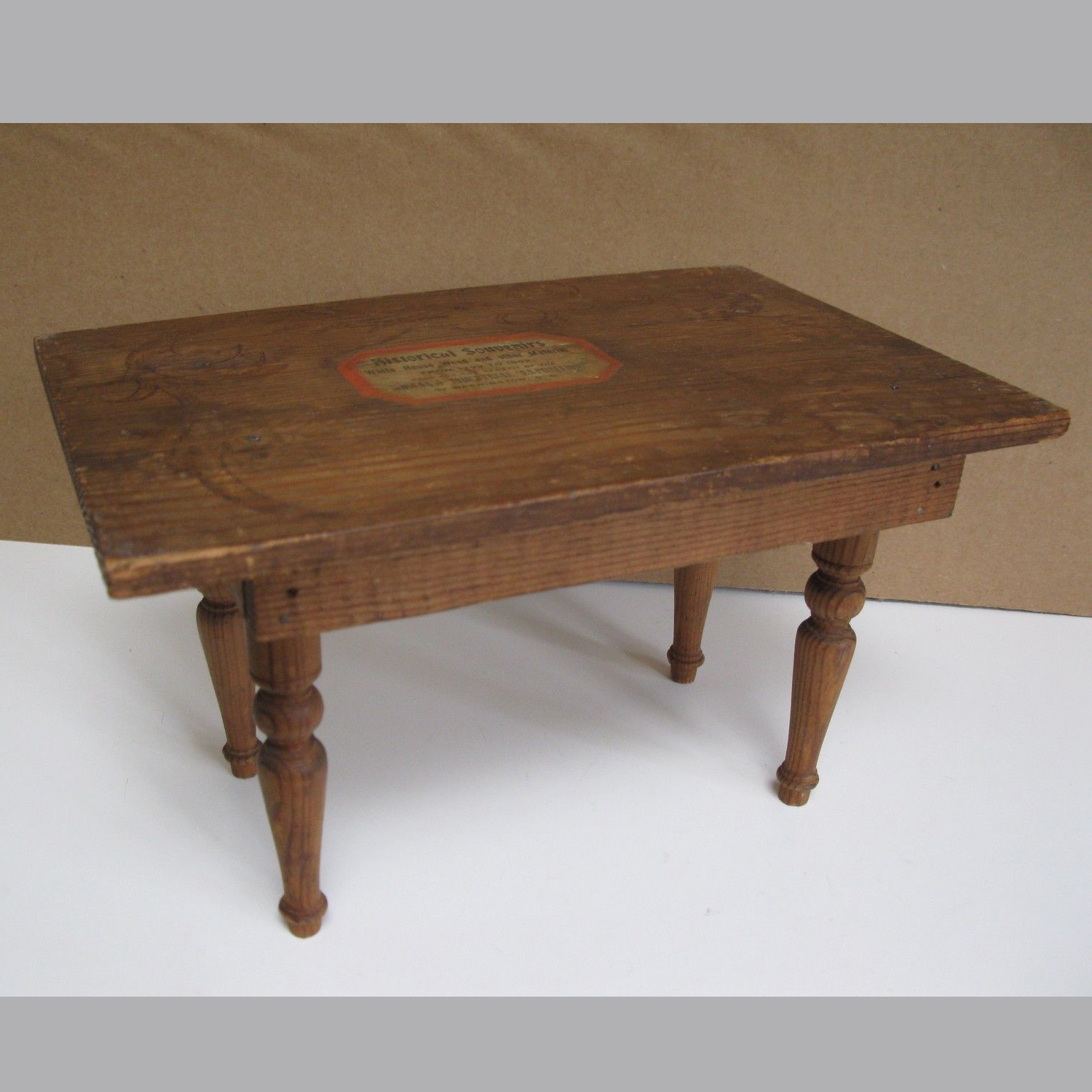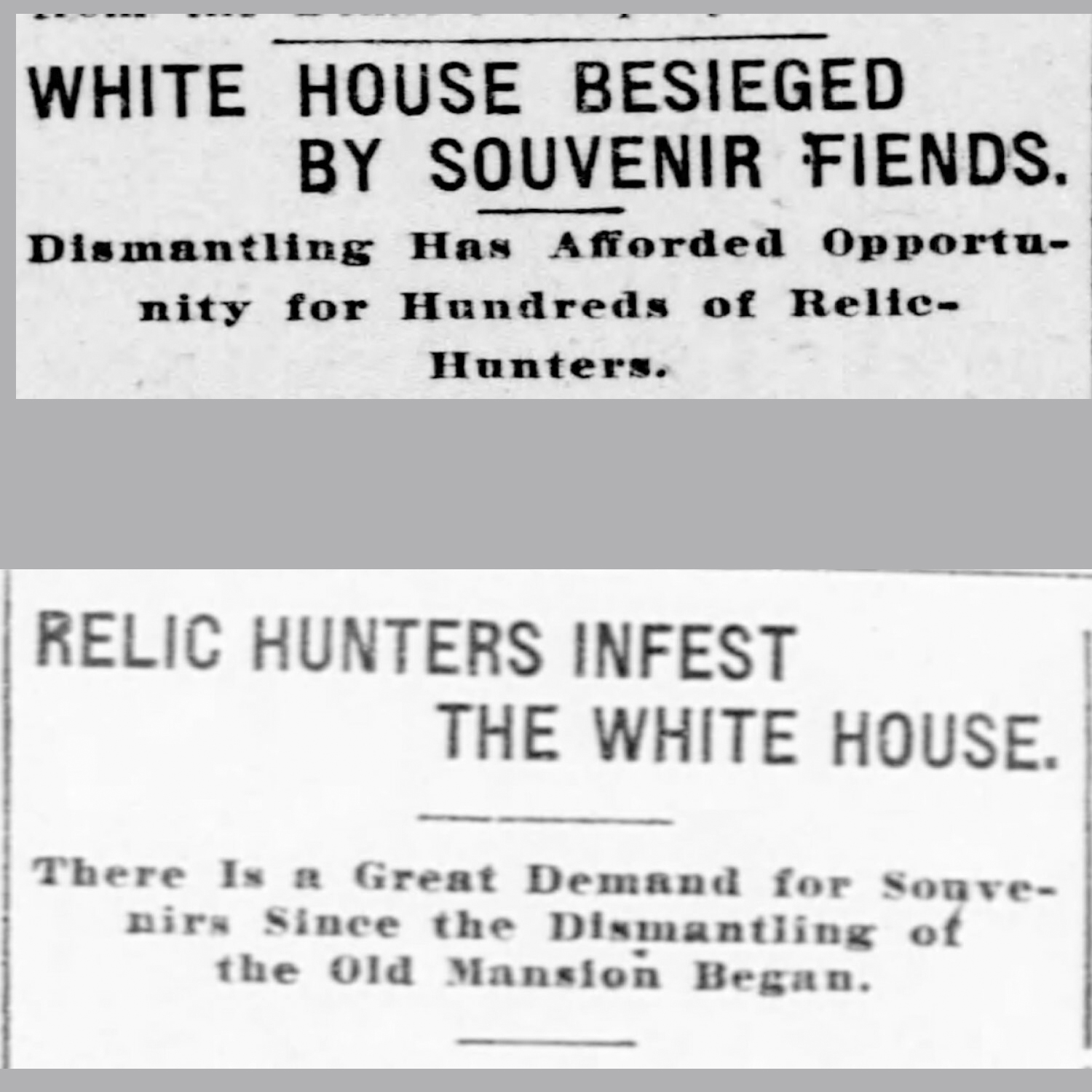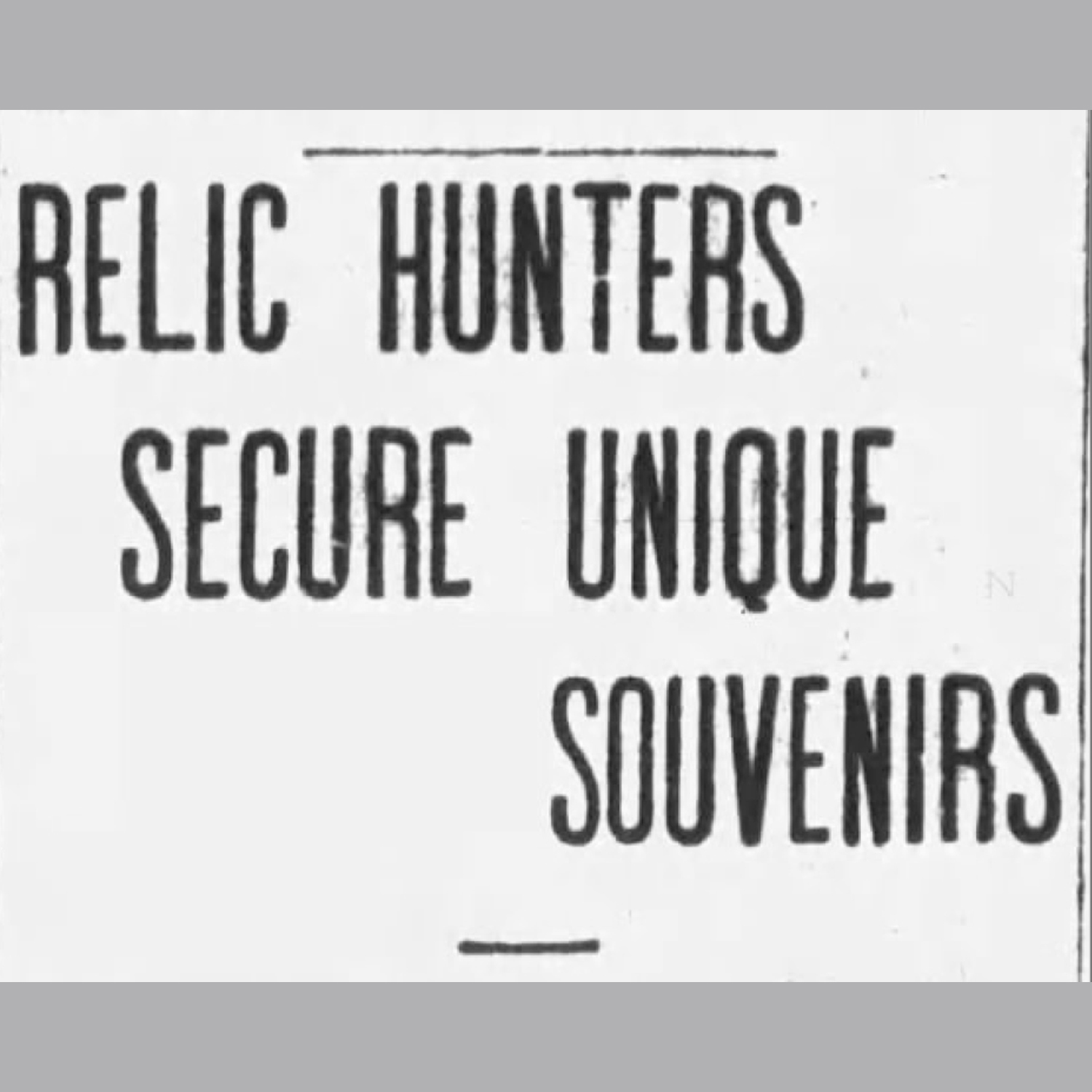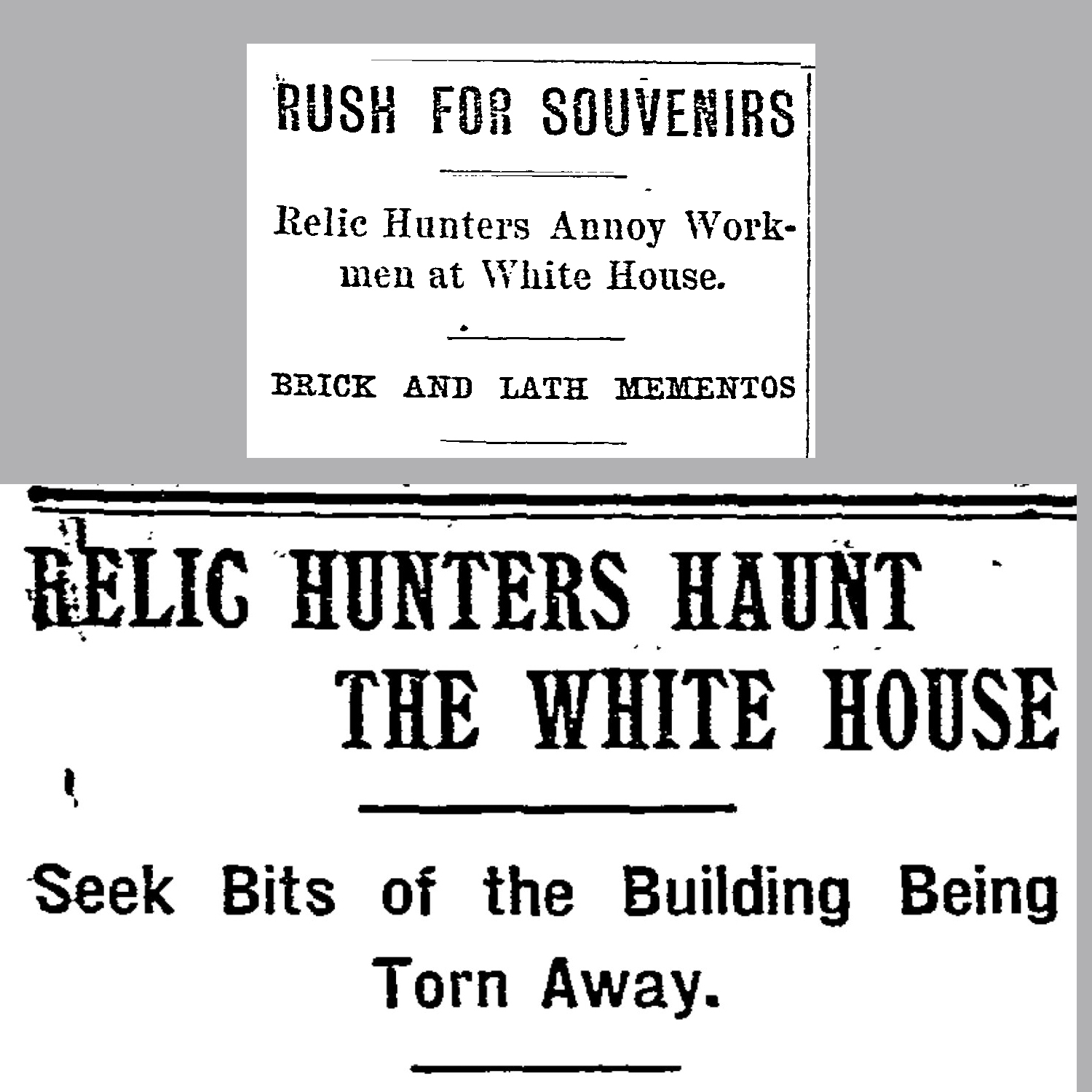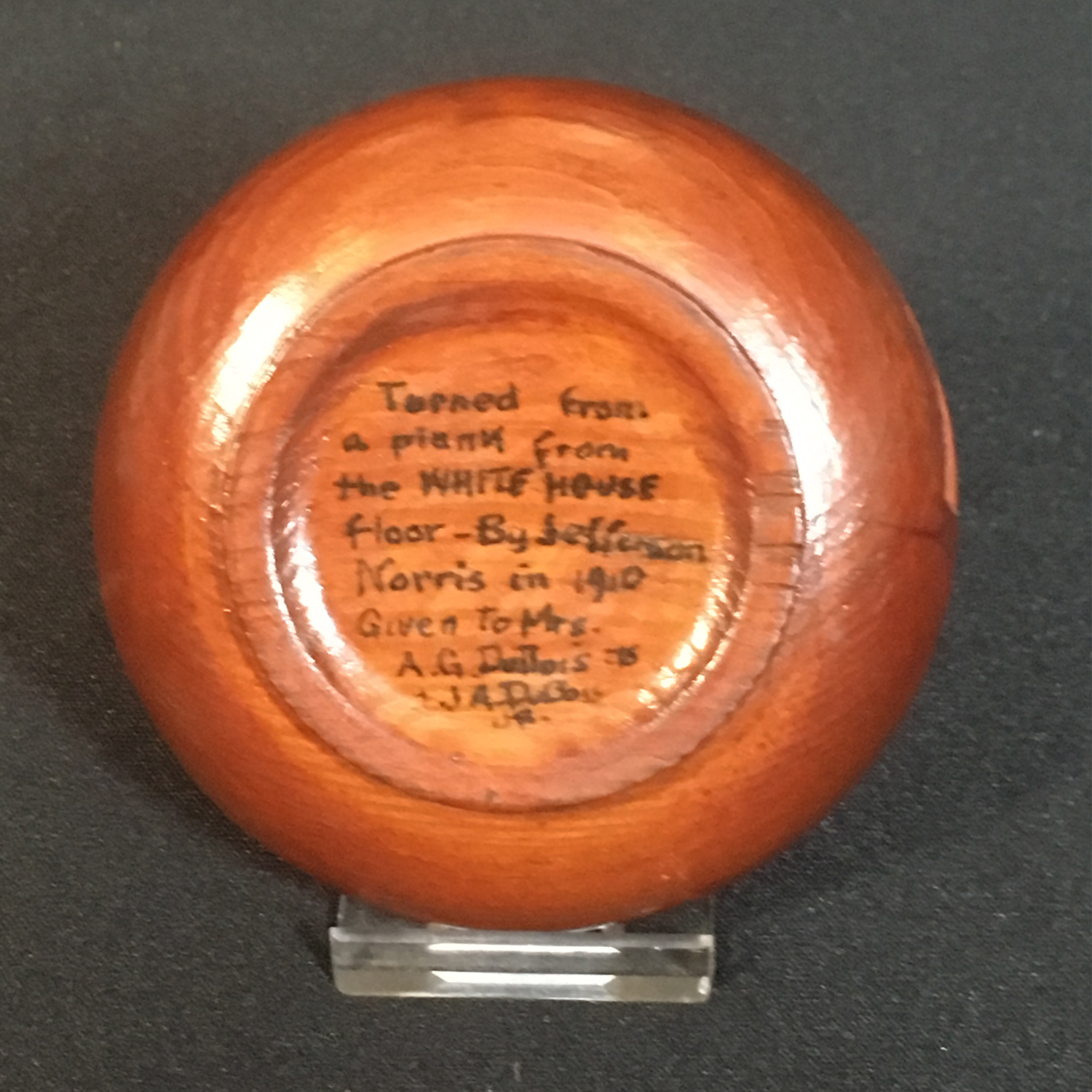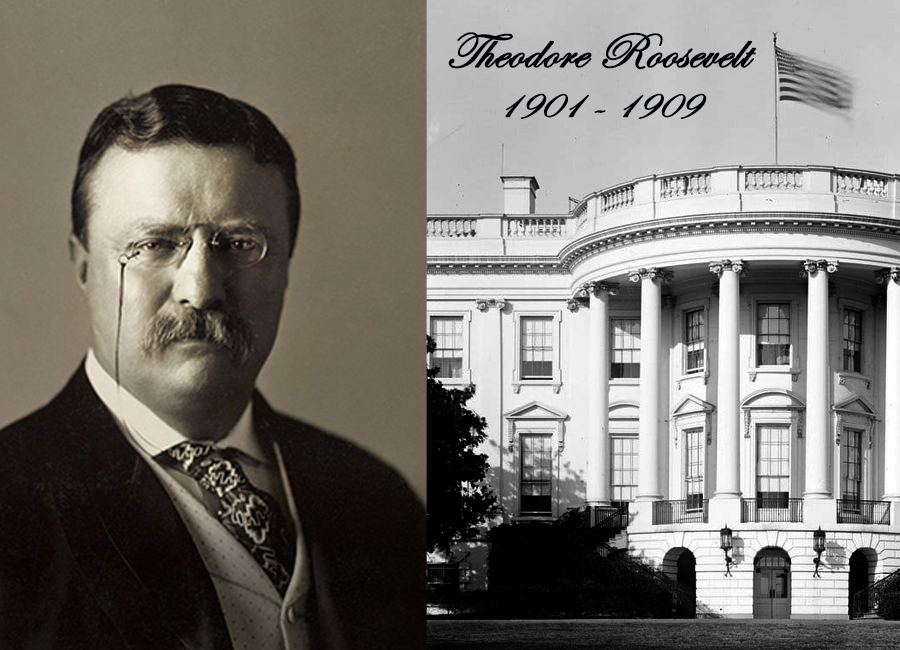
President Theodore Roosevelt, in his effort to transform the old Executive Mansion interior, undertook in 1902 a renovation of the historic residence. It was the first major renovation since the rebuilding after the British burning in 1814.
Now officially known as the “White House” since 1901, the President intended to reconstruct it into a residence reflecting affluence, power and grandeur. The White House was not only a family residence, but a symbol of the Presidency.
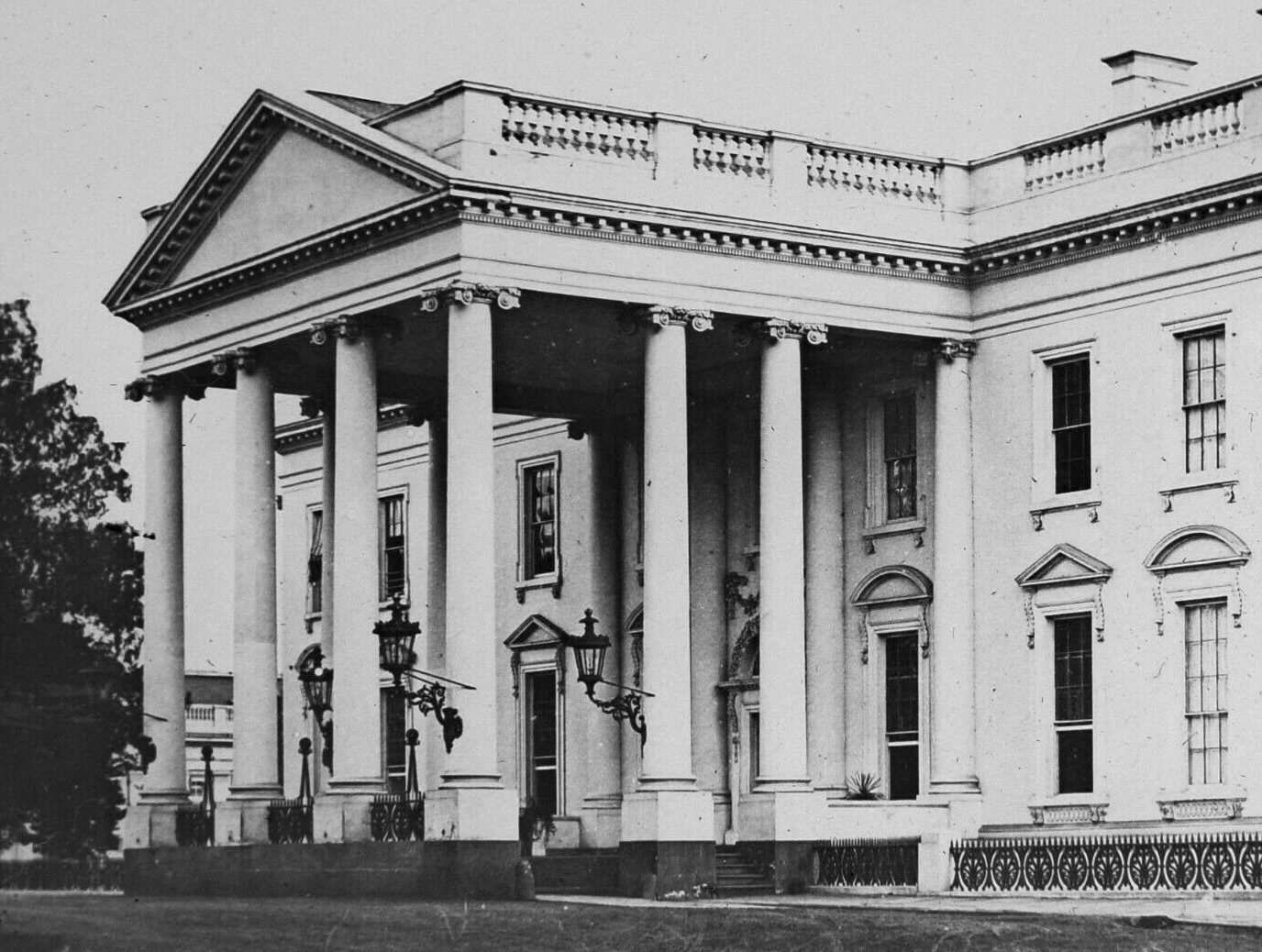
From mid-June until the end of 1902 the White House underwent a renovation by the prestigious firm of McKim, Meade and White. The ground floor was transformed, and a “temporary” wing was added to the west end to provide more office space for the President. It also allowed for more privacy on the second floor living quarters.
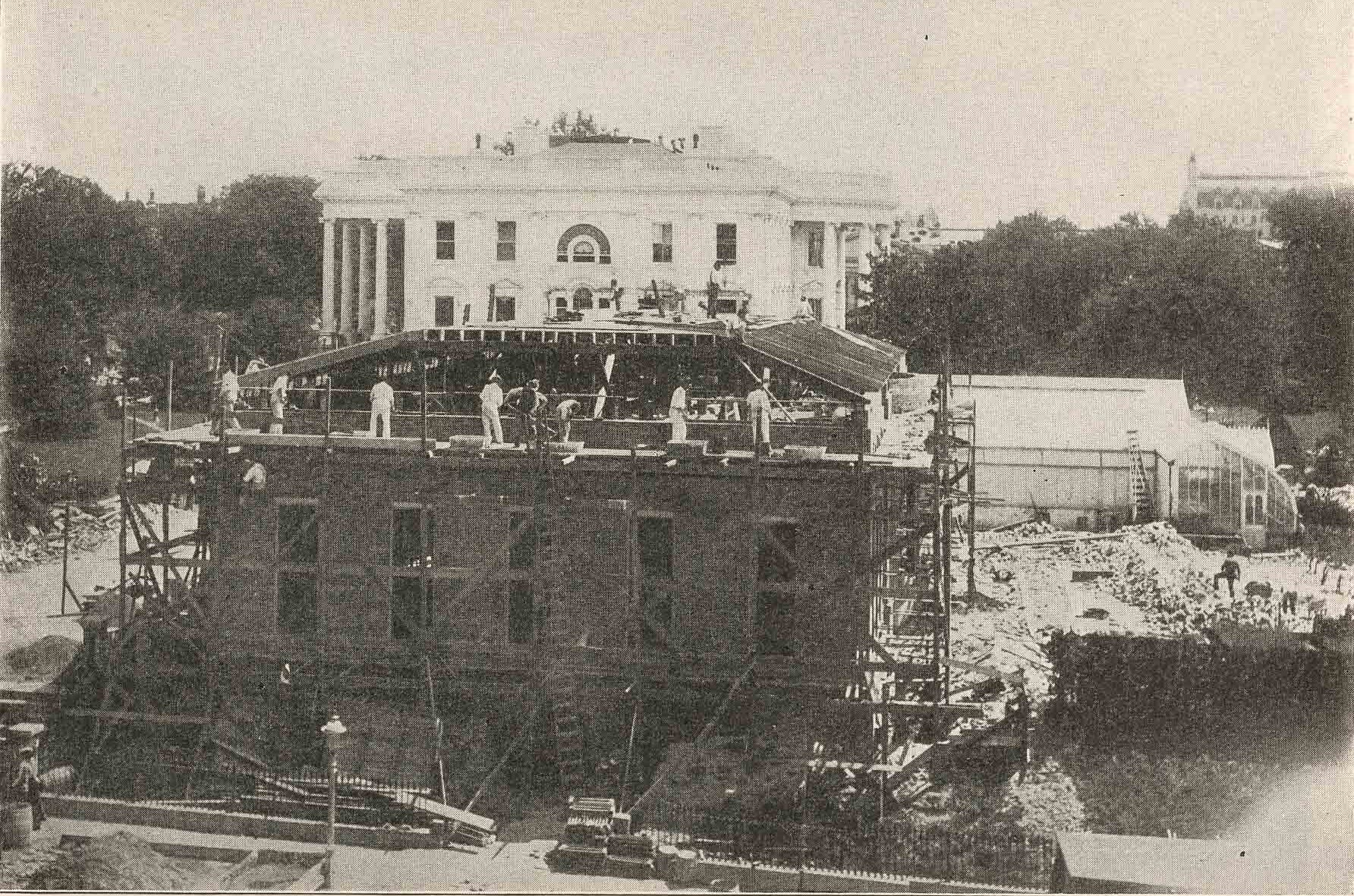
Since it was the first renovation of its kind on the old building, and with great media coverage, the public demand for souvenirs was huge. During the first month of the renovation the public had free access to the piles of debris that accumulated on the grounds. Souvenirs and relics were had for the taking and some in the crowds filled their pockets with the historic debris. Newspapers of the day reported on this with disdain. Some White House workers even made walking sticks from the floorboards as souvenirs to sell to the tourists. By the end of June, the officer in charge of public buildings, Col. Theodore A. Bingham, closed the grounds except by permit. The masses of souvenir collectors hindered the contractor’s work, and this could not be allowed.
The work was completed by the end of 1902 and on New Year’s Day, 1903 large crowds lined up outside waiting to see and be impressed by the new transformation of the White House.
Many souvenirs from this renovation were picked up by the collector or may have been given to them. Many were identified with a paper handwritten tag. Details were penned typically by fountain pen or pencil. Some of the more unique pieces are found from this renovation.
